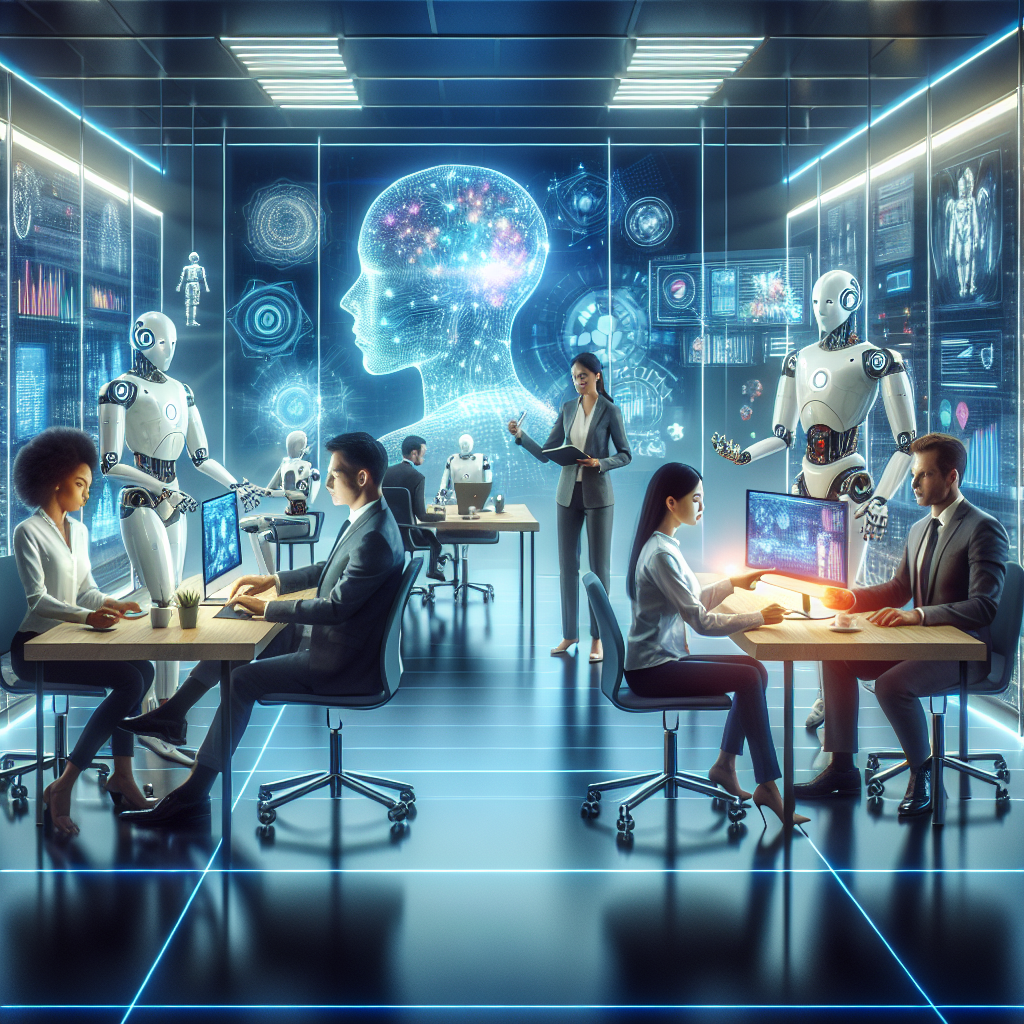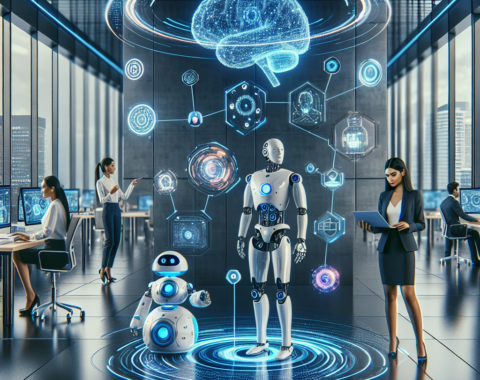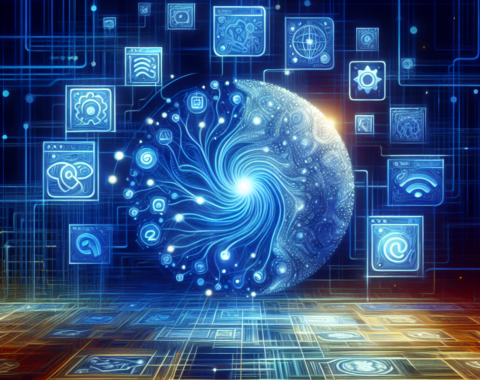
Impact of AI on Workforce: Job Displacement and Future Trends
In the fast-paced world of technology, artificial intelligence (AI) is often hailed as a game-changer, reshaping industries, businesses, and daily life. However, a looming question persists: what happens when AI replaces workers? This article delves into the significant impact of AI on the workforce, examining both the challenges of job displacement and the exciting future trends that may emerge.
The Rise of AI in the Workforce
AI technologies are increasingly integrated into various sectors, driven by their ability to perform complex tasks with precision and speed. These innovations are visible across several industries:
- Manufacturing: Automation and robotics are transforming assembly lines, improving efficiency while reducing human error.
- Healthcare: AI-powered diagnostics help in early disease detection, enhancing treatment outcomes.
- Finance: Algorithms analyze vast datasets to detect trends, assess risks, and automate trading.
- Transportation: Self-driving technology is set to revolutionize how goods and people are transported.
While these advancements offer numerous benefits, they also pose challenges to the traditional notion of employment.
Job Displacement: A Growing Concern
Inevitable Changes in Employment Patterns
The adoption of AI across industries may result in significant job displacement, particularly for roles involving repetitive tasks. Several occupations face a higher risk of disruption, including:
- Data entry clerks
- Telemarketers
- Retail cashiers
- Trucking and transportation drivers
As AI systems become more capable, organizations may prioritize efficiency and cost reduction, leading to workforce restructuring.
Adapting to Shifting Job Markets
Workers impacted by AI-related displacement must pivot towards roles that cannot be easily automated. Skill development and education become crucial in this new landscape. Key areas for growth include:
- Creativity and innovation: Roles that require critical thinking, creativity, and emotional intelligence are less likely to be replaced by AI.
- Technical expertise: Jobs in AI development, data science, and cyber security are expected to grow as these technologies evolve.
- Healthcare and social services: As AI takes over routine tasks, the demand for caring professions will likely increase.
Future Trends and Opportunities
Reskilling and Upskilling
For workers and businesses alike, proactive reskilling and upskilling strategies are imperative. Organizations are encouraged to invest in training programs to enhance employee skills in high-demand fields. Meanwhile, workers should focus on acquiring new competencies and embracing a lifelong learning mindset.
The Role of AI in Job Creation
While AI displaces certain job roles, it also opens up new avenues for employment. Innovations arise from AI capabilities, leading to roles that were previously unimaginable. Some potential job categories include:
- AI trainers: Professionals who teach AI systems to understand human behavior and language nuances.
- AI ethicists: Experts who ensure that AI systems align with ethical standards and societal values.
- Data analysts: Individuals who interpret complex datasets to derive meaningful insights for decision-making.
Balancing Automation and Employment
Government and Policy Interventions
To safeguard employment in an AI-driven world, policymakers must explore innovative solutions:
- Universal Basic Income (UBI): A proposed economic model where citizens receive a regular, unconditional sum of money, providing financial security irrespective of employment status.
- Regulation of AI Deployment: Establishing policies that govern the ethical and equitable implementation of AI technologies.
- Incentives for Human Employment: Tax breaks or subsidies for companies that prioritize human labor over automation.
Fostering a Human-Centric AI Ecosystem
Ultimately, cultivating an environment where AI and human labor complement each other is crucial. Stakeholders, including governments, businesses, and educational institutions, should collaborate to ensure AI technologies enhance human capabilities rather than undermine them.
Conclusion: Embracing AI’s Future Impact
The integration of AI into the workforce is inevitable but also manageable. While it poses certain challenges related to job displacement, it equally offers opportunities for innovation and growth. By prioritizing reskilling, supporting policy initiatives, and embracing a human-centric approach to AI, societies around the globe can pave the way for a future where technology enhances, rather than diminishes, human potential. The path forward requires a balanced perspective, recognizing AI as both a tool and a transformative force for good.




